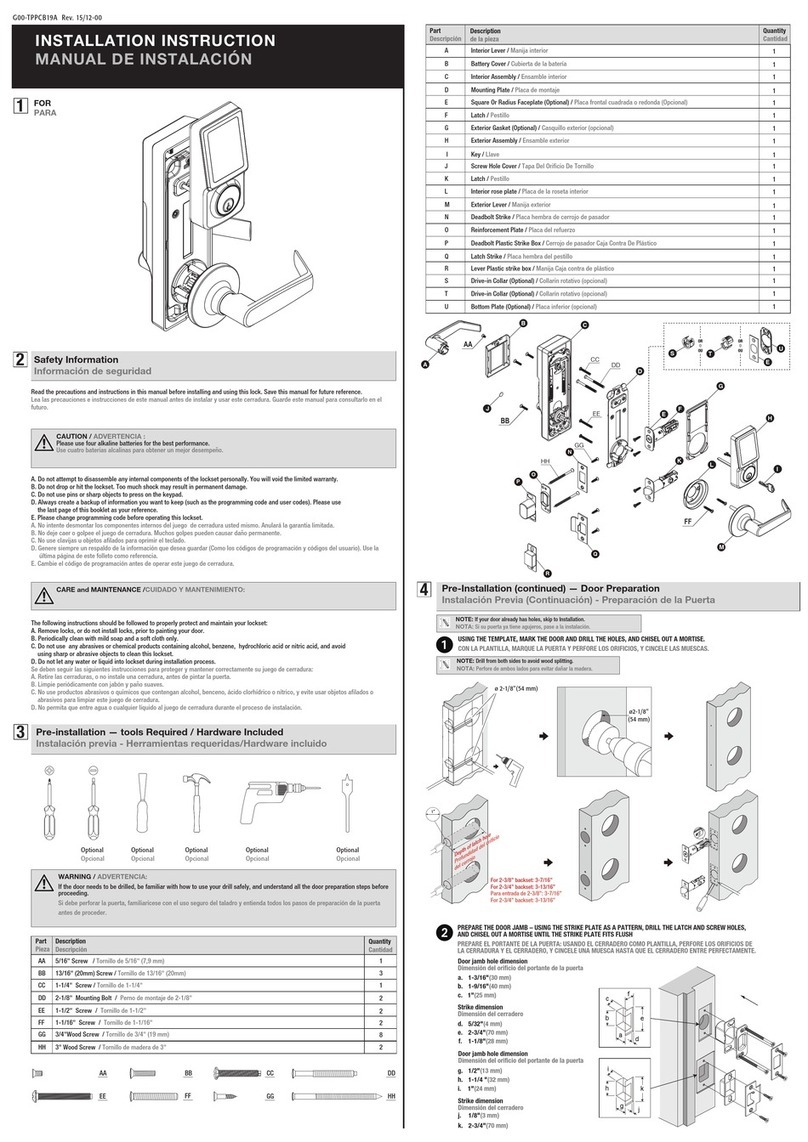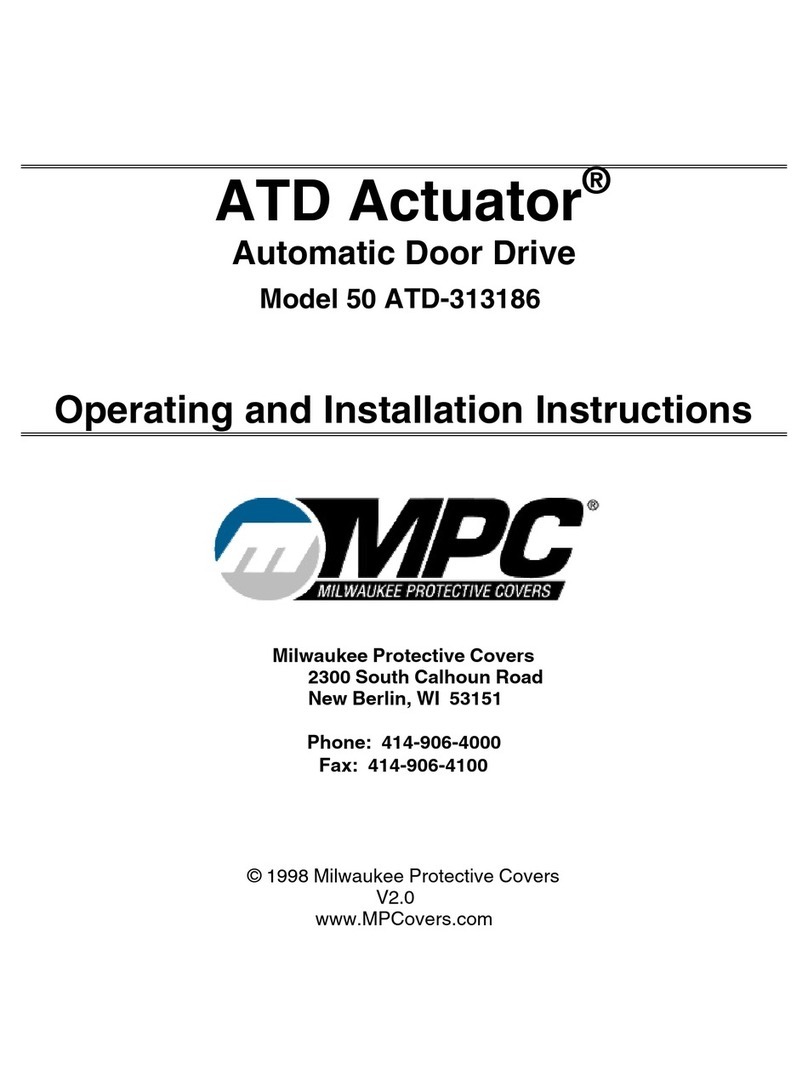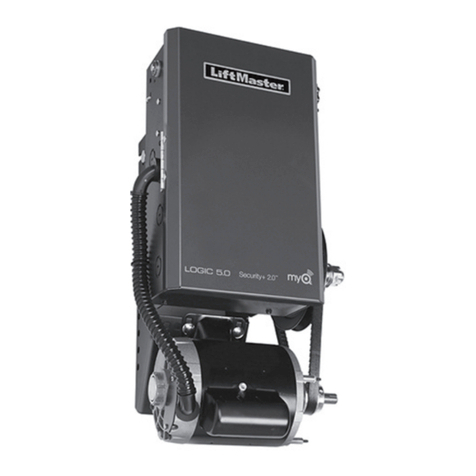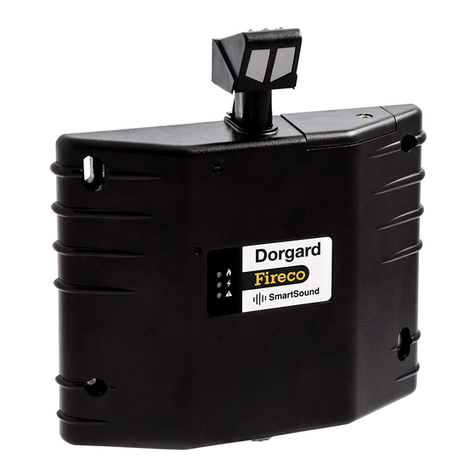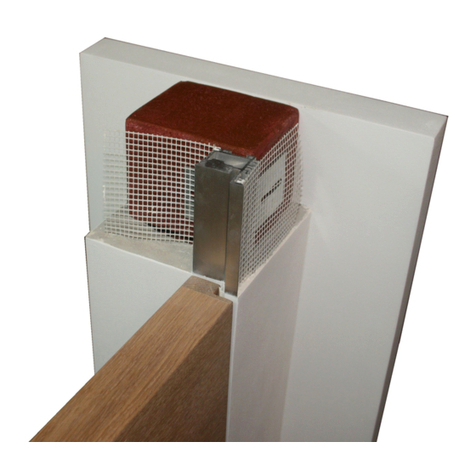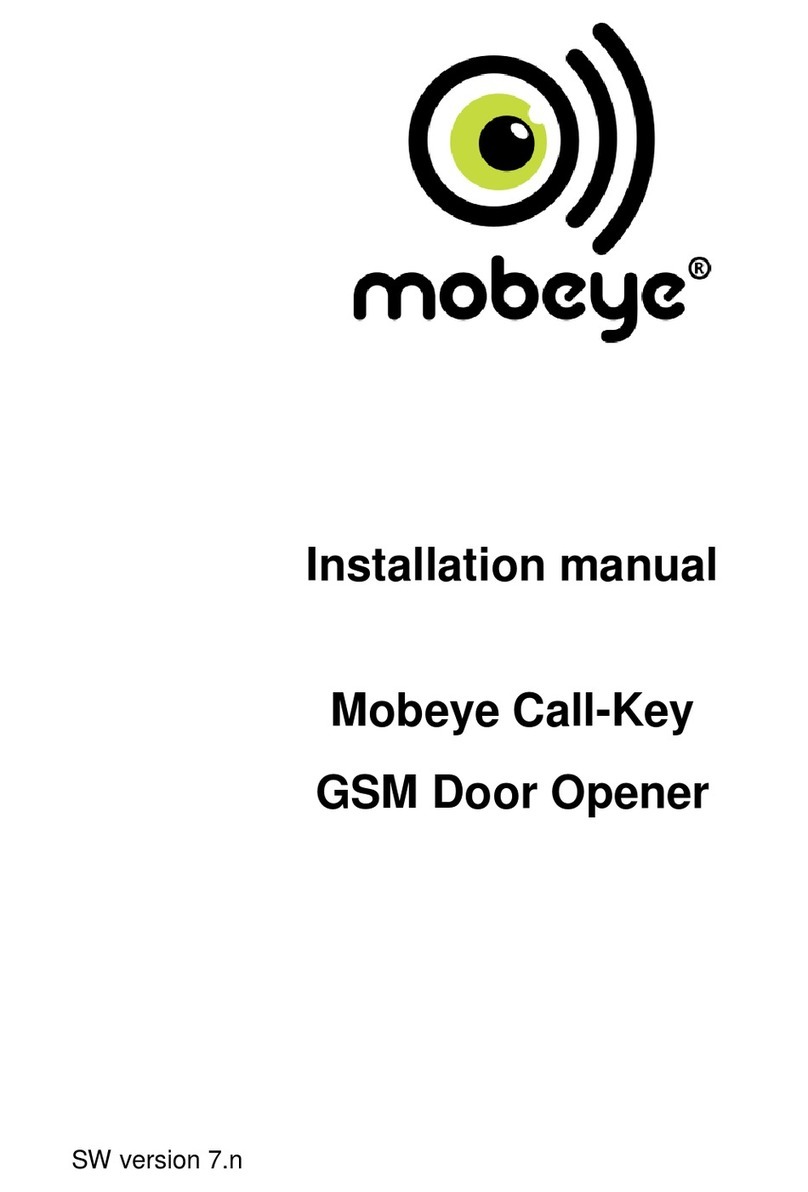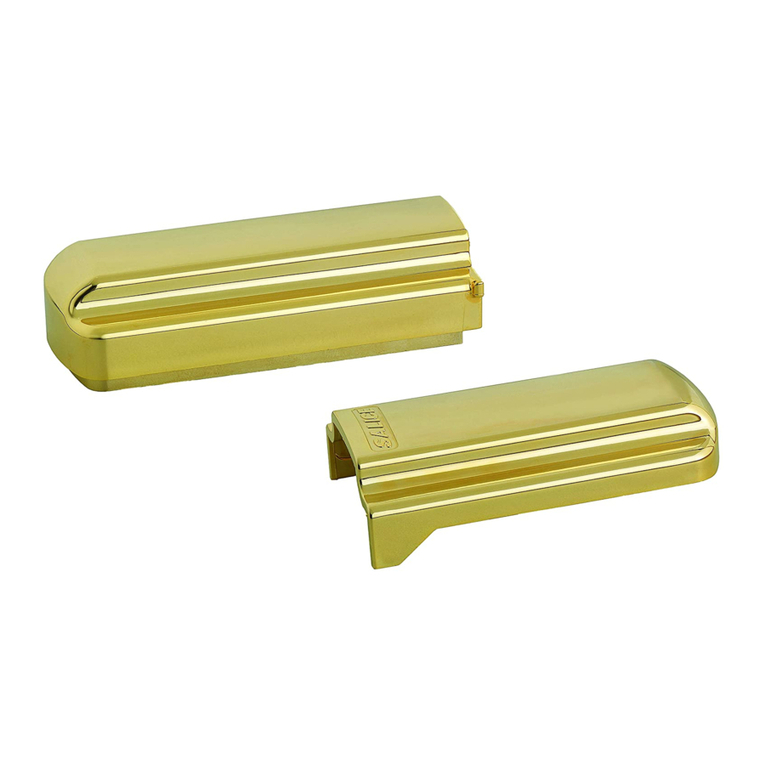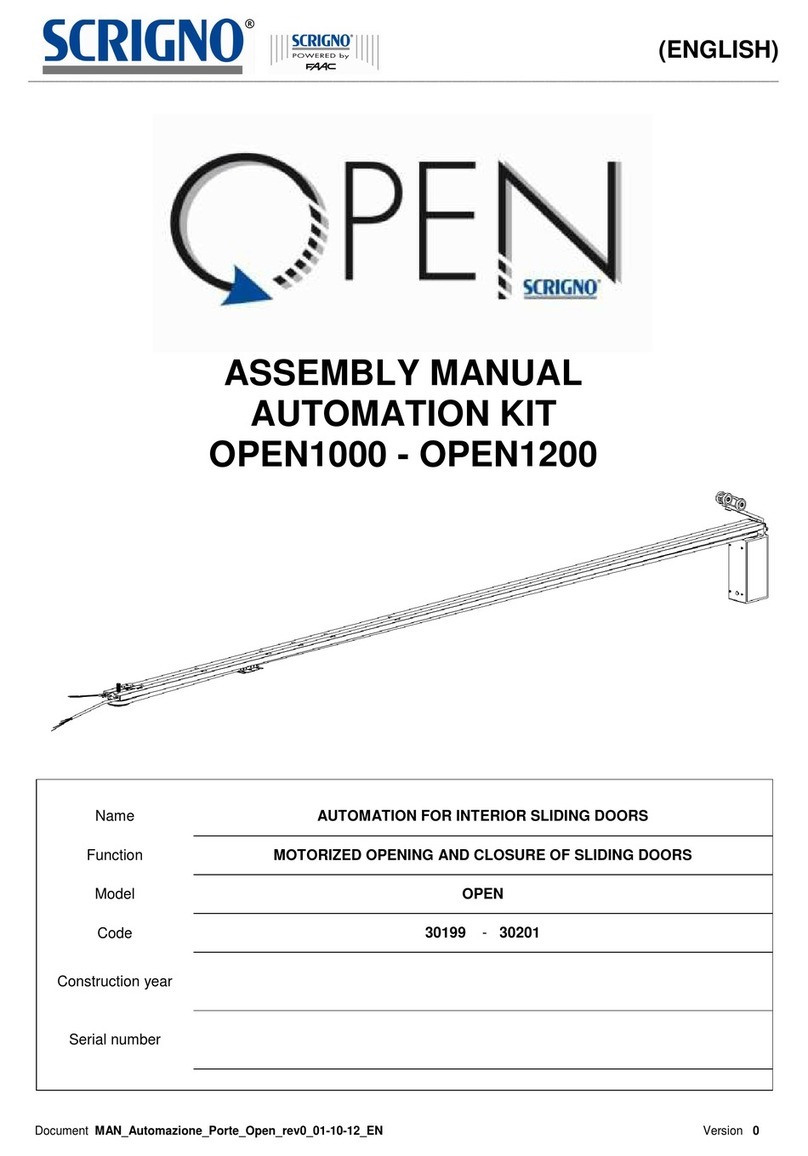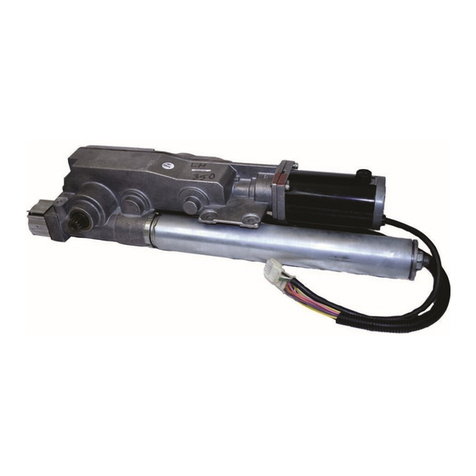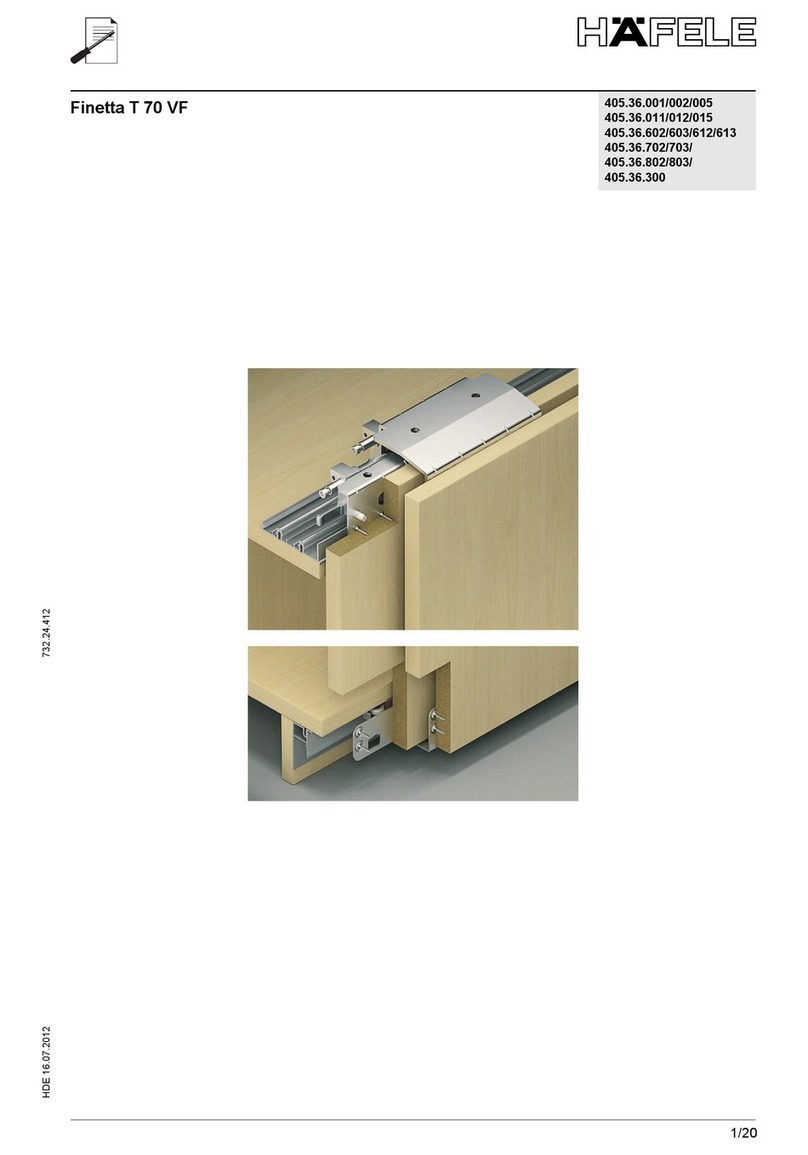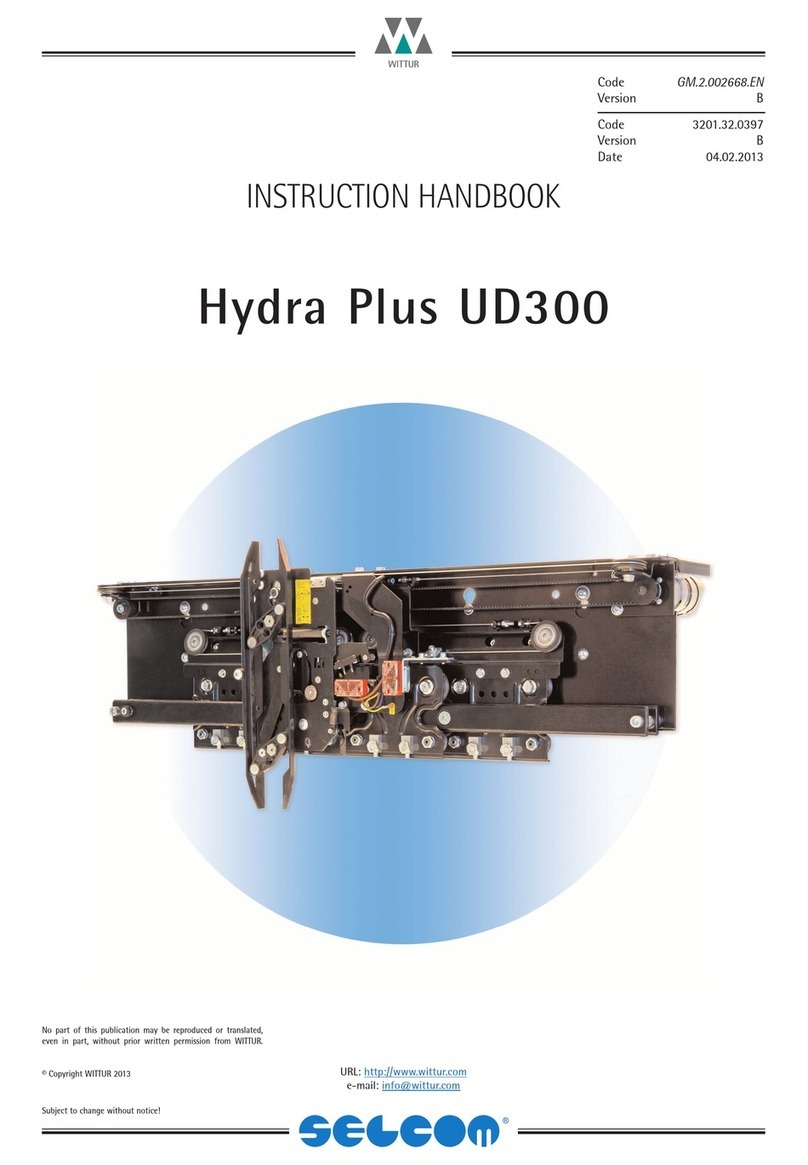
10 TR10K001-A RE / 04.2009
Instructions for electrical work2.4
DANGER
Mains voltage!
Contact with the mains voltage presents the danger of a
deadly electric shock. For that reason, observe the following
warnings under all circumstances:
Electrical connections may only be performed by a
qualified electrician!
The on-site electrical installation must conform to the
applicable protective regulations (230/240 V AC,
50/60 Hz)!
Qualified electricians must ensure compliance with the
national directives for the operation of electrical
devices!
In order to avoid malfunctions, make sure that the
operator's connection cables (24 V DC) are laid out in a
separate installation system from other supply lines
(230/240 V AC).
The mains voltage must be disconnected before
performing any work on the operator.
Environmental conditions2.5
ATTENTION
Damage due to temperature differences
Differences in the inside and outside temperatures may
cause deflection of the door elements (bi-metal effect). This
may result in damage when the door is operated.
Comply with the operating conditions.
The door is intended for the following operating conditions:
Temperature: Exterior side -40°C to 60°C
Interior side -20°C to 60°C
Relative humidity: 20 to 90 %
Fitting3
Fitting the garage door3.1
WARNING
Danger of injury as the result of structural modifications
Changing or removing functional parts may put important
safety components out of action. Uncontrolled door travel
could occur and persons or objects may be trapped as a
result.
Do not alter or remove any functional parts.
Do not attach any additional components. The torsion
springs are precisely matched to the door leaf weight.
Additional components may overload the springs.
Before fitting the door, the door opening and the building floor
must be completely finished.
Observe the following during fitting:
Establish a secure connection with the building structure.•
Check that the fixing materials supplied are suitable for•
the given structural conditions.
Do not fasten the door system to supporting structural•
members unless you have obtained the prior approval of
the structural engineer.
Ensure adequate water run-off in the area of the bottom•
seal and the frame parts, otherwise there is a danger of
corrosion.
Ensure sufficient drying and ventilation in the building,•
otherwise there is danger of corrosion.
The door must be effectively protected before carrying•
out plastering and paintwork, as splashes of mortar,
cement, plaster, paint etc. can damage the door surface.
Protect the door from caustic, aggressive substances, e.g.•
nitrous reactions from stones or mortar, acids, alkali
solutions, de-icing salt, aggressive paints or sealants.
Failure to do so, could lead to corrosion.
To ensure simple and secure fitting, please follow the
work steps listed in the illustrated section.
Tensioning the springs3.1.1
WARNING
Danger of injury due to high tensile stress
Springs are under high tensile stress and may be expelled
from the product if they are not secured during tensioning.
Fix the door leaf to prevent movement before
tensioning the springs.
When the springs are tensioned correctly, the moving door
leaf has a slight tendency to pull upwards.
Each time the door is serviced, the tension of the springs
should be checked and, if necessary, subsequently
re-adjusted.
Before putting the door into operation for the first
time, inspect the door according to the chapter
Inspection and Maintenance!
Fitting the garage door operator3.2
WARNING
Unwanted door travel
Incorrectly attached control devices (e.g. buttons) may
trigger unwanted door travel. Persons or objects may be
trapped as a result.
Install control devices at a
height of at least 1.5 m (out of
the reach of children).
Fit permanently installed control
devices (such as buttons, etc.)
within sight of the door, but
away from moving parts.
WARNING
Unsuitable fixing material
Use of unsuitable fixing material may mean that the operator
is insecurely attached.
Only use the provided fixing materials (plugs) in
concrete ≥ B15 (see Figures 10.1/10.2/11.5).
ATTENTION
Damage caused by dirt
Drilling dust and chippings can lead to malfunctions.
Cover the operator during drilling work.
ENGLISH

